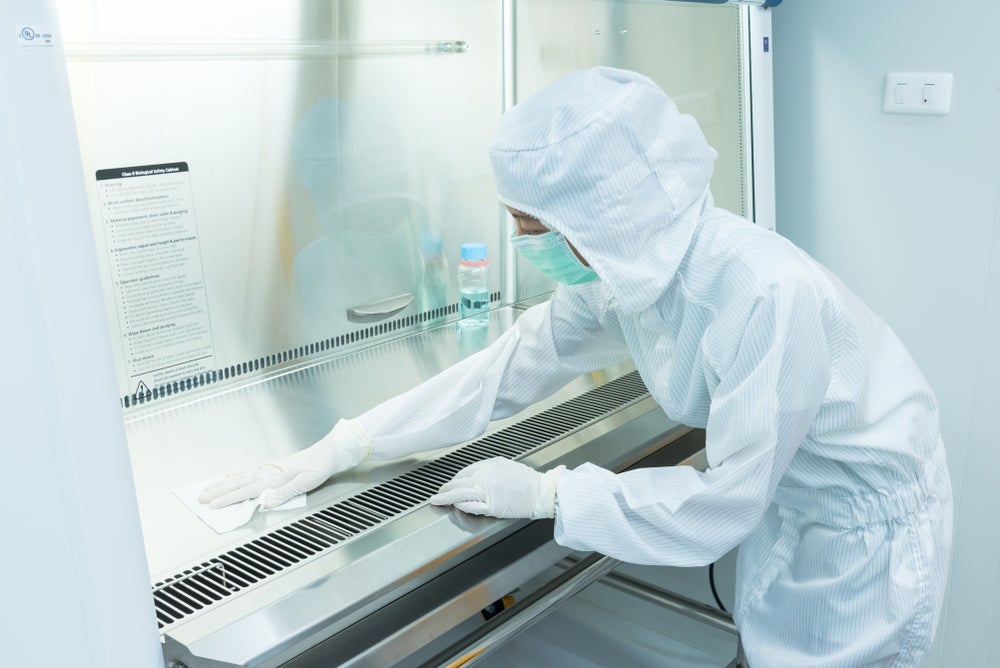
Quintiles / IMS merger pushed sector higher
The total combined peer group revenue from leading vendors in the outsourcing market grew by 13.6% year-to-year, from $40.3 billion in 2015 to $45.7 billion in 2016. Largely fueling the growth in the sector was Quintiles / IMS, which independently contributed approximately $1.1 billion to the nearly $5 billion increase.
Figure 1 displays the combined peer group revenue and growth rate from 2011–2016.
Combined Peer Group Revenue ($M) and Growth Rate, 2011–2016

Source: GlobalData, Pharma Intelligence Center, Financial Analytics [Accessed March 7, 2017] and Company SEC filings. Note: Peer group includes 27 publicly-traded CRO/CMOs.
See Also:
Quintiles’ revenue grew by nearly 20% in 2016 to more than $6.8 billion. GlobalData attributes this growth to the company’s commercial solutions business, which came about from its $9 billion mega-merger deal with IMS Health back in May 2016.
How well do you really know your competitors?
Access the most comprehensive Company Profiles on the market, powered by GlobalData. Save hours of research. Gain competitive edge.

Thank you!
Your download email will arrive shortly
Not ready to buy yet? Download a free sample
We are confident about the unique quality of our Company Profiles. However, we want you to make the most beneficial decision for your business, so we offer a free sample that you can download by submitting the below form
By GlobalDataThe company’s commercial solutions offerings include performance metrics related to sales of pharmaceutical products, prescribing trends, medical treatment, and promotional activity across multiple channels in more than 80 countries across the globe. It also includes prescribing activity to the regional, and zip code levels.
One strength of this business is the company’s real-world evidence and pharmacovigilance services assesses the likely impact of new therapies on costs and treatment outcomes and how new therapies are performing against existing standards of care. These solutions allow life sciences organisations to apply a high degree of sophistication to their commercial operations including developing pre and post-launch strategies.
With almost one year of sales accrued post-merger, it looks the company’s financial results have begun to prove investors and the analyst community wrong who were weary of the deal, stating integration risks, which led to each company’s stock price to drop after the deal was announced. Quintiles is now trading at over $80 per share, an increase of 27.3 percent from the $63 per share price level it was trading after the merger was publicised.
Figure 2 displays the revenue for each company in the peer group in 2016 and 2015.
Outsourcing Market, Revenue ($M) by Company, 2016 vs. 2015

Source: GlobalData, Pharma Intelligence Center, Financial Analytics [Accessed March 7, 2017] and Company SEC filings.
Pillars of sustainable growth
The pharmaceutical outsourcing market benefits from several factors impacting biopharmaceutical companies as they continue to face many challenges around weakening product pipelines, increased cost structures, and more complex disease targets. These have been the key motivation for pharmaceutical companies to outsource their research and development (R&D) activities to contracted partners across all stages of the drug development continuum. In addition, clinical activity has trended towards biologics from small molecules over the past few years, a trend that should prove beneficial to outsourcing vendors with expertise and experience in discovery pharmacology.
GlobalData remains bullish on the outsourcing market, with opportunities for the public vendors to augment revenue growth with profitability improvements and new capital deployments. However, as outsourcing penetration moves closer to peak levels and profitability targets are reached, we believe that contract research organisations (CRO) might need to look elsewhere to maintain the current growth trajectory. Acquisitions could help the top players support the current pace of growth, while in some instances offering additional service capabilities to increase share in new markets.





